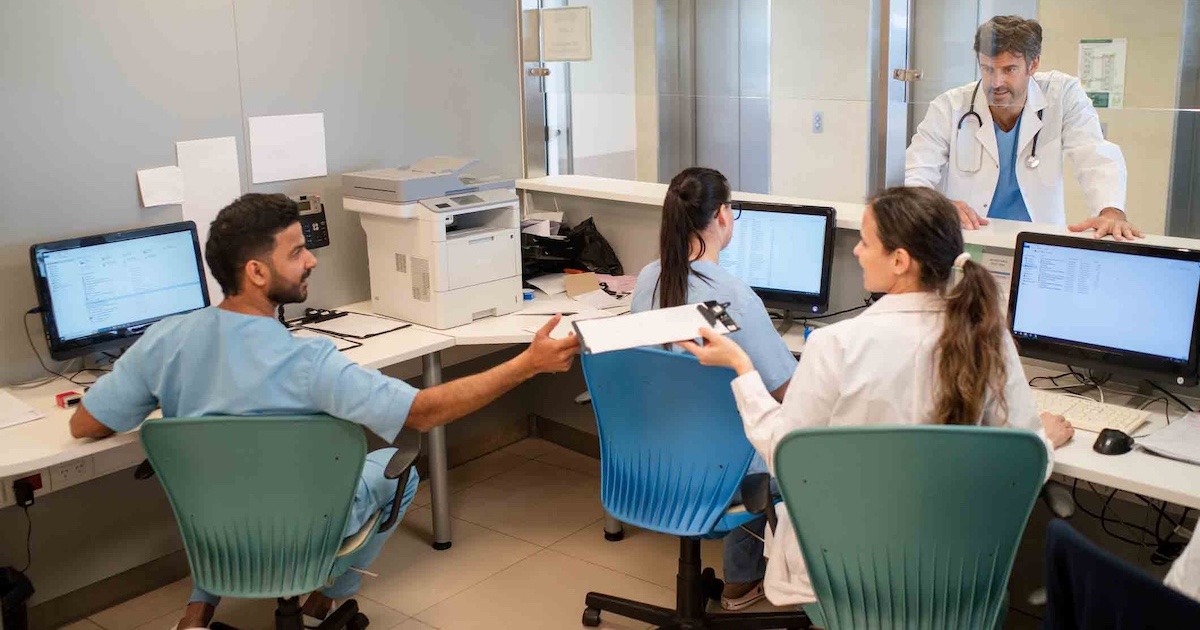The economy isn’t doing anyone any favors, and healthcare systems and entrepreneurs need to make sure every penny is spent wisely. With that in mind, the pressure is on to make sure the right message is sent to potential donors and fundraisers.
That’s where MobileCause comes in.
The Calabasas, Calif.-based company offers a wide array of services to non-profits (more than 1,000, according to its website), including several healthcare-related endeavors. CEO Douglas Plank says he’s now being contacted by hospitals and health systems.
“Mobile has become an extraordinary tool for engagement,” he says. “We’re finding that the healthcare field is now beginning to test this.”
“This isn’t just for disaster relief any more,” he adds. “As an industry, (healthcare) hasn’t really embraced mobile tools just yet, but they have to recognize that everything is going mobile anyway. … It’s an easy tool to use.”
Overall, companies increased their philanthropic giving in 2010, according to the Committee Encouraging Corporate Philanthropy (CECP), due in large part to the efforts of pharmaceutical companies and an increase in major disasters. That said, non-profit healthcare providers are facing difficult times, thanks to the struggling economy and the need to rework the delivery process to align with government reforms. They need, more than ever, to get their message out to potential sources of income.
The attraction is obvious. According to Plank, text messages return a 95 percent open rate, whereas e-mail messages are only opened 35 percent to 40 percent of the time.
Plank says mobile tools give non-profits another touchpoint with their targeted audiences, enabling them to push across information and establish a line of regular communication with potential donors. He also notes that mobile programs should be run in conjunction with traditional fundraising programs, rather than as a replacement.
“It’s just another branch of the communications tree,” he says.
His advice for non-profit healthcare institutions looking to add mobile capabilities to their fundraising efforts? Here are five suggestions:
1. Start gathering mobile numbers by any means available
2. Have a strategy for reaching out to constituents by traditional means and explaining a mobile launch
3. Get opinions – start polling, and seek feedback from trusted sources
4. Test (“What methods are we using right now that we just have to add mobile to?”)
5. Test fundraising
“It’s all about evaluating all your options, and then rolling it out,” Plank says. “It’s easy, affordable, efficient, instant and fun.”


